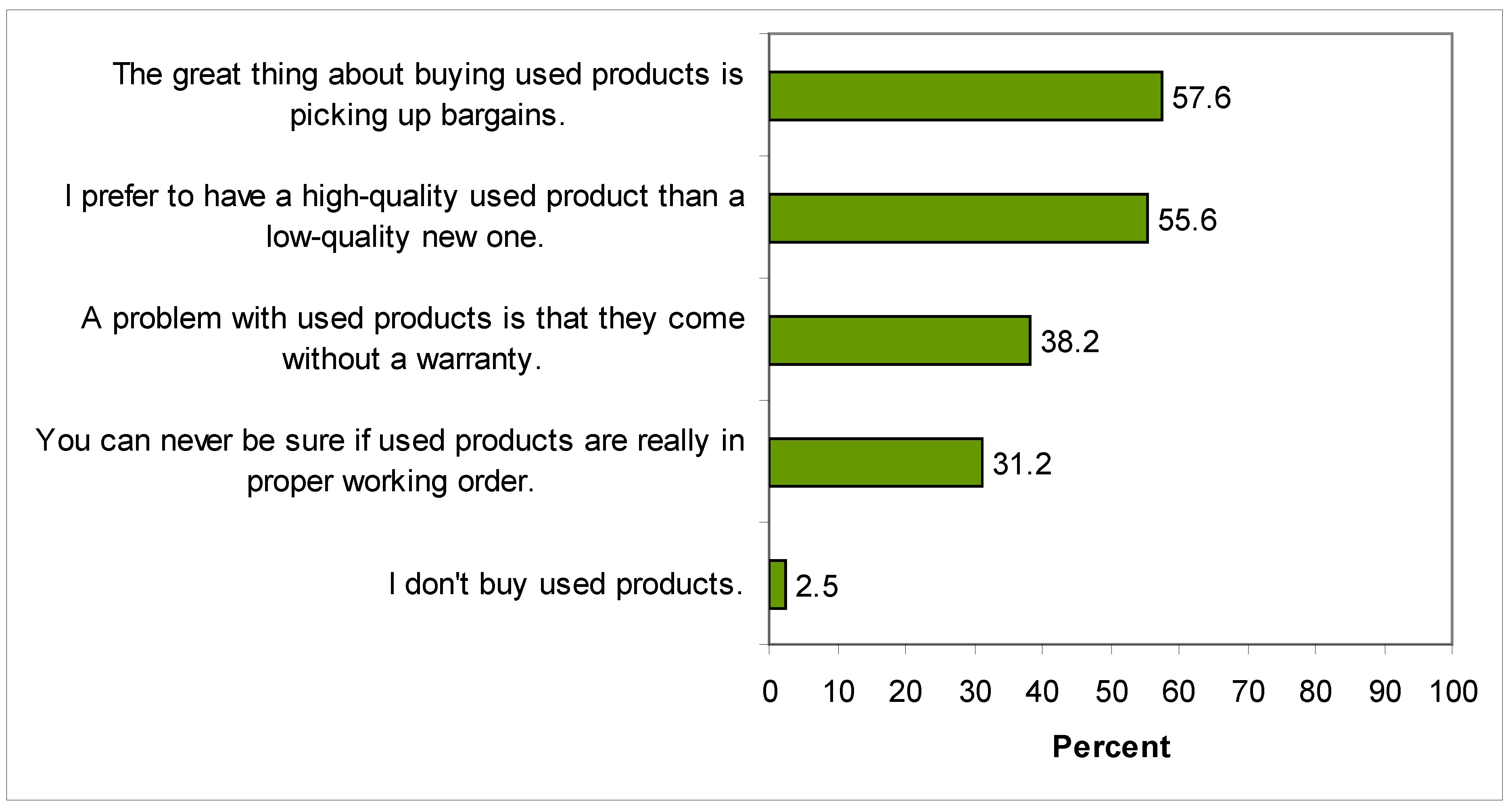

- AN INTRODUCTION TO STATISTICAL LEARNING EBAY DRIVER
- AN INTRODUCTION TO STATISTICAL LEARNING EBAY SOFTWARE
3.įeatures (independent variables) selection: this work can be part of pre-processing or it can be done with the ML itself. Thus, prediction performances can be measured with in-sample (in the same dataset used to fit the model) and out-of-sample (performance is measured with new data) estimates. Finally, for ML it is critical to divide the sample in a dataset for testing (training set) the ML and another (test or validation set) to retest the ML. Consider removing (highly correlated predictors) or adding (dummy variable) predictors prior to modeling. It is crucial to resolve missing values, as any of these will reduce our sample a way to predict missing values is to use imputation. Another way to deal with large dataset or multicollinearity is to apply data reduction techniques such as Principal Component Analysis (PCA) or Partial Least Squares (PLS). Processing the data: pre-processing is a critical part of ML and includes centering and scaling (when data are measured from different scales), transformations (e.g., log, square root, power) or Box-Cox transformation to resolve skewness of a distribution, or to treat outliers in our dataset.
AN INTRODUCTION TO STATISTICAL LEARNING EBAY SOFTWARE
Loading the data: data, extracted by sensors or present in our dataset, can be loaded into one of the available software for ML, such as R, MATLAB or Python ( Ozgur et al., 2017). This chapter provides brief overview of selected data preprocessing and machine learning methods for ITS applications.Ī classic methodology ( Kuhn and Johnson, 2013 Dwyer et al., 2018 Iniesta et al., 2016) of ML applied to our example will require the following steps: 1. It is beyond the scope of this book to provide in-depth review of these techniques. Machine learning includes several methods and algorithms, some of them were developed before the term “machine learning” was defined and even today researchers are improving existing methods and developing innovative and efficient methods. In both cases, machine learning methods search through several data sets and utilize complex algorithms to identify patterns, take decisions, and/or predict future trends.

In this case, the car (a machine) collects data through various sensors and takes driving decisions to provide safe and efficient travel experience to passengers. Various algorithms for self-driving cars are another example of machine learning that already begins to significantly affect the transportation system. For example, providing real-time decision support for incident management can help emergency responders in saving lives as well as reducing incident recovery time.
AN INTRODUCTION TO STATISTICAL LEARNING EBAY DRIVER
With the increased availability of data, it is now possible to identify patterns such as flow of traffic in real time and behavior of an individual driver in various traffic flow conditions to significantly improve efficiency of existing transportation system operations and predict future trends. For example, researchers are focusing on improving existing Intelligent Transportation Systems (ITS) applications and developing new ITS applications that rely on quality and size of the data. The transportation system is evolving from a technology-driven independent system to a data-driven integrated system of systems. Furthermore, it is now possible to develop models that can automatically adapt to bigger and complex data sets and help decision makers to estimate impacts of multiple plausible scenarios in a real time.

While the demonstration by Thomas Ross, then a student at the University of Washington and his professor Stevenson Smith, included a Robot Rat that can find a way through artificial maze, the study presented by Arthur Samuel included methods to program a computer “to behave in a way which, if done by human beings or animals, would be described as involving the process of learning.” With the evolution of computing and communication technologies, it became possible to utilize these machine learning algorithms to identify increasingly complex and hidden patterns in the data. In, 1959 Arthur Samuel defined machine learning as a “Field of study that gives computers the ability to learn without being explicitly programmed”.

While machine learning methods are gaining popularity, the first attempt to develop a machine that mimics the behavior of a living creature was conducted by Thomas Ross in 1930s. Machine learning is a collection of methods that enable computers to automate data-driven model building and programming through a systematic discovery of statistically significant patterns in the available data. Dimah Dera, in Data Analytics for Intelligent Transportation Systems, 2017 12.1 Introduction


 0 kommentar(er)
0 kommentar(er)
